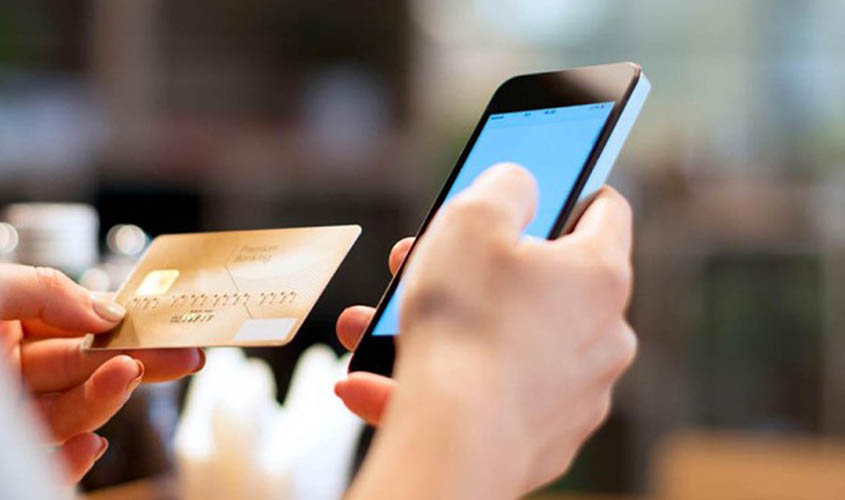Since the demonetisation of Rs 500 and Rs 1,000 notes in November 2016, digital payments have seen a manifold jump across the country, rising almost by 500% in most digital modes of payments, according to data released by the Ministry of Electronics and Information Technology.
The number of transactions through the UPI (Unified Payments Interface), which includes the BHIM application and USSD (Unstructured Supplementary Service Data), has seen a phenomenal growth of 1,58,373% since November 2016. In November 2016, daily transactions through the UPI mode were recorded at just a little over Rs 3,500, while it reached over Rs 58 lakh per day by February 2018.
Transactions through debit cards (RuPay) have also increased by 482% since demonetisation. While daily transactions through debit cards were Rs 3.85 lakh in November 2016, they reached Rs 22.39 lakh per day by February 2018. Transactions through IMPS (Immediate Payment System) and Aadhaar Enabled Payment System have also seen a significant growth of 169% and 240% respectively since November 2016, according to the Ministry’s data released recently to the Lok Sabha.
From nearly 94 crore digital transactions in terms of volume in November 2016 to approximately 182 crore transactions by January 2018, there has been a nearly 93% growth in volume of digital payments.
In November 2016, there were about 14 crores daily transactions through mobile wallets (m-wallets), which increased to 33 crore by January 2018. Similar growth has also been witnessed in the mobile banking sector, from just 9 crore transactions per day to 27 crore transactions by January 2018.
D.S. Rawat, secretary general of ASSOCHAM, told The Sunday Guardian, “A large part of transactions moved to the digital platform post-demonetisation, as an increasing number of people started using all sorts of digital payment systems, including credit and debit cards, mobile wallets, mobile banking and unified payments interface (UPI). However, there is still a long way to go before digital payments reach broad market adoption, as cash still remains the king for many people as it is a more liquid form of money than cards. Besides, not all people are tech-savvy and then there are online banking frauds. Another significant aspect as to why some people still prefer dealing in cash is that transactions are not only much faster and hassle free, but also because there are no transaction charges. It is also difficult to keep track of spending if payments are made digitally. Despite all that, the appetite for and adoption of alternatives to traditional forms of payment are expected to pick up momentum as we go ahead.”
The government has also been using methods of incentivising digital payments from time to time. Last year, the government had launched a programme to award users of digital payments from time to time based on a lottery system. Apart from this, the ministries and departments such as Railways, Petroleum and Natural Gas etc, are offering incentives to promote digital payments. The Pradhan Mantri Gramin Digital Saksharta Abhiyaan (PMGDISHA) also aims to train six crore persons in rural areas across states, in various aspects of digital literacy, including digital financial literacy. This scheme will cover one member from every eligible household in about 40% of rural households by 31 March 2019. Besides, there are 292,406 Community Service Centres (CSCs) of which 1,83,005 are operating in rural areas and these CSCs play a crucial role in enabling and facilitating digital transactions.
Bhavik Mehta, director of FinReq, a digital platform for all kinds of loans, said, “The tectonic shift in people’s mindset has led to increase in the number of people joining the formal economy and using technology for their daily transactions. Fintech companies are bringing in innovative solutions to offer to customers and businesses that can achieve scale quickly. It is imperative that these fintech companies, that are using data or doing transactions for customers, have strict security systems and procedures. Especially after the Facebook data theft issue, customers will trust only those companies that manage their data and security well. Appropriate internal and external audit systems should be put in place to ensure that there are no gaps in digital systems. Systems need to be leakage proof. ”

